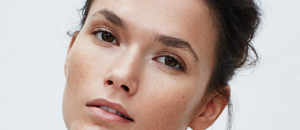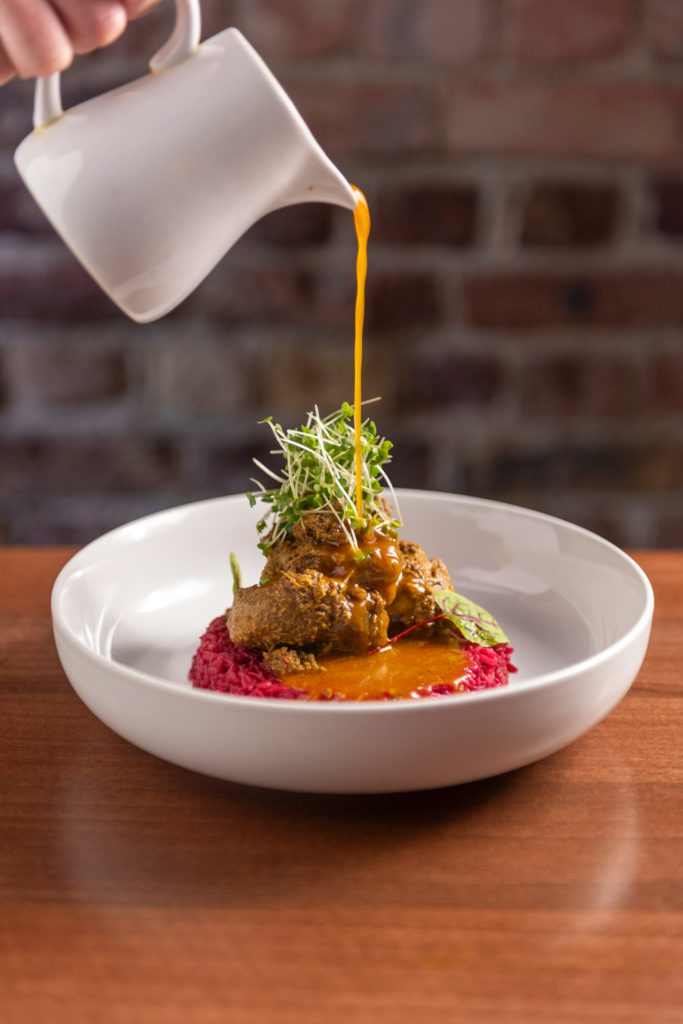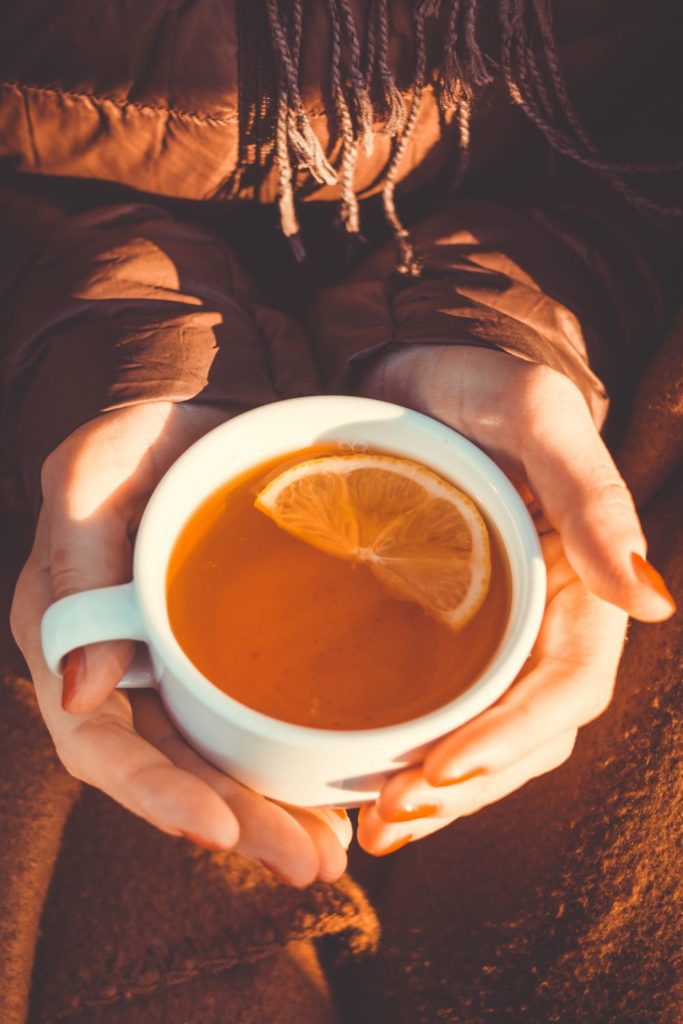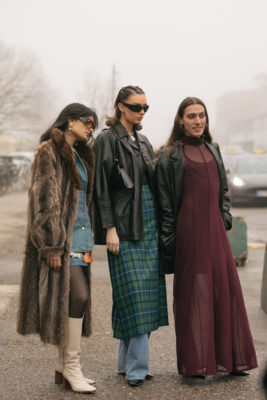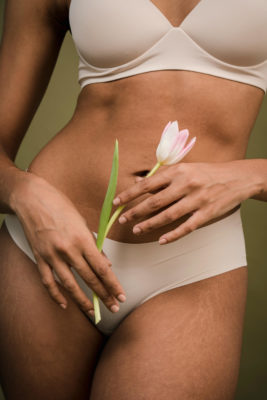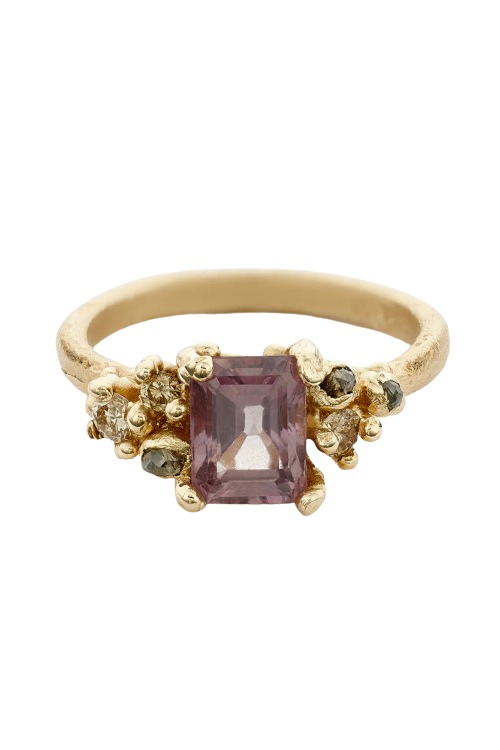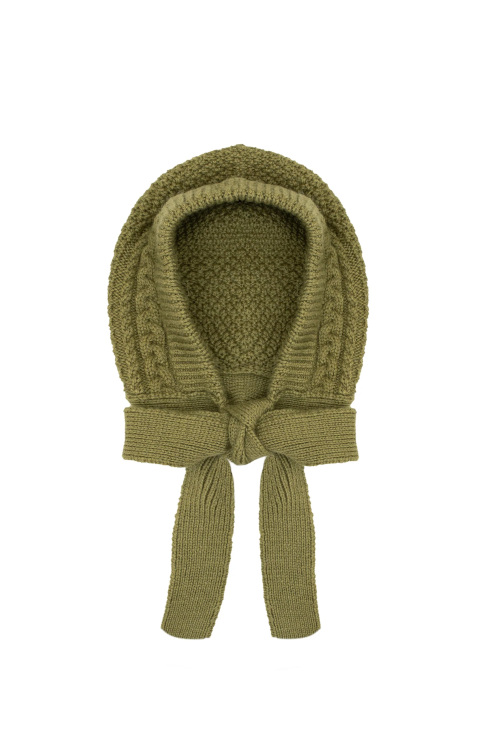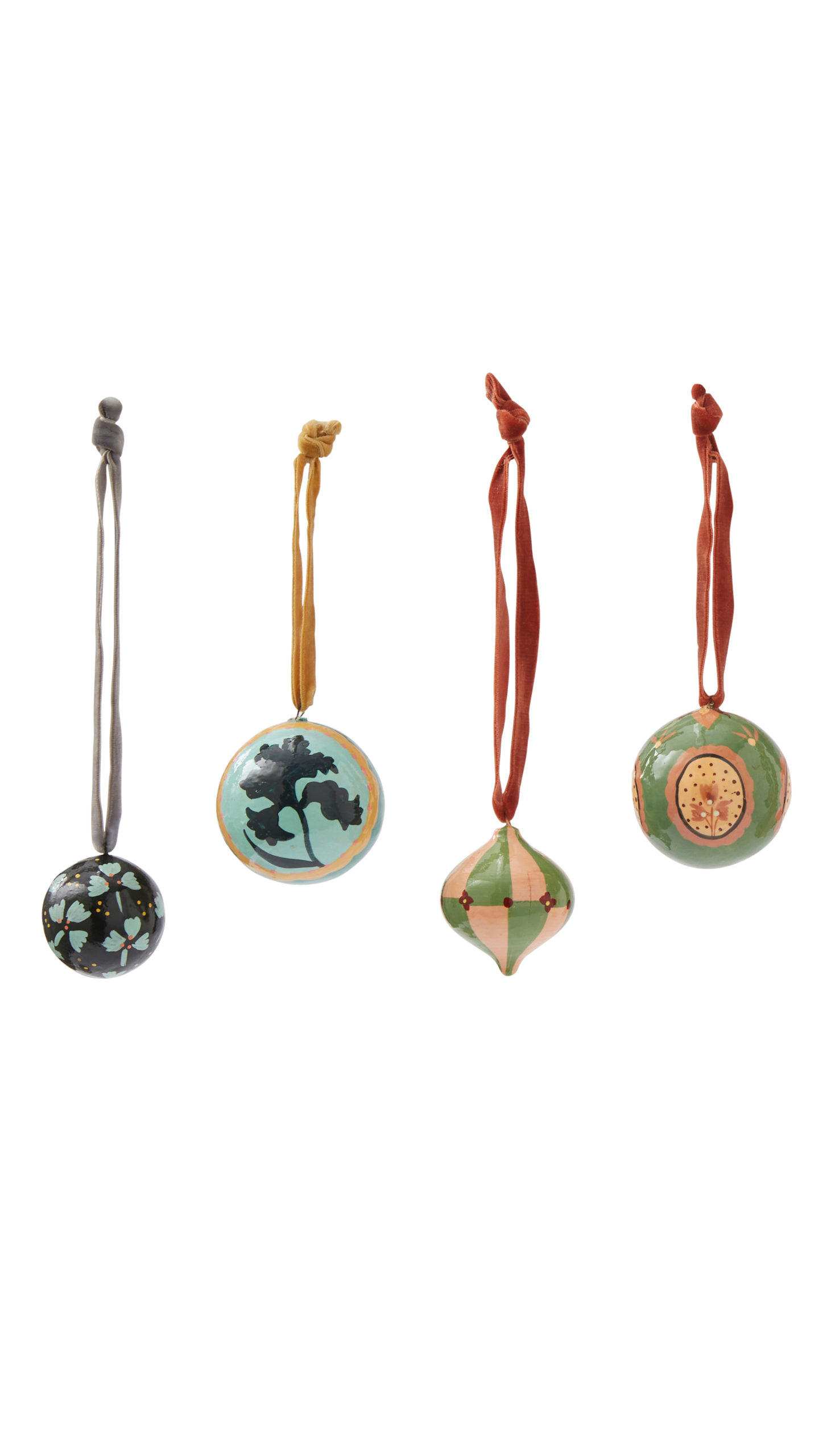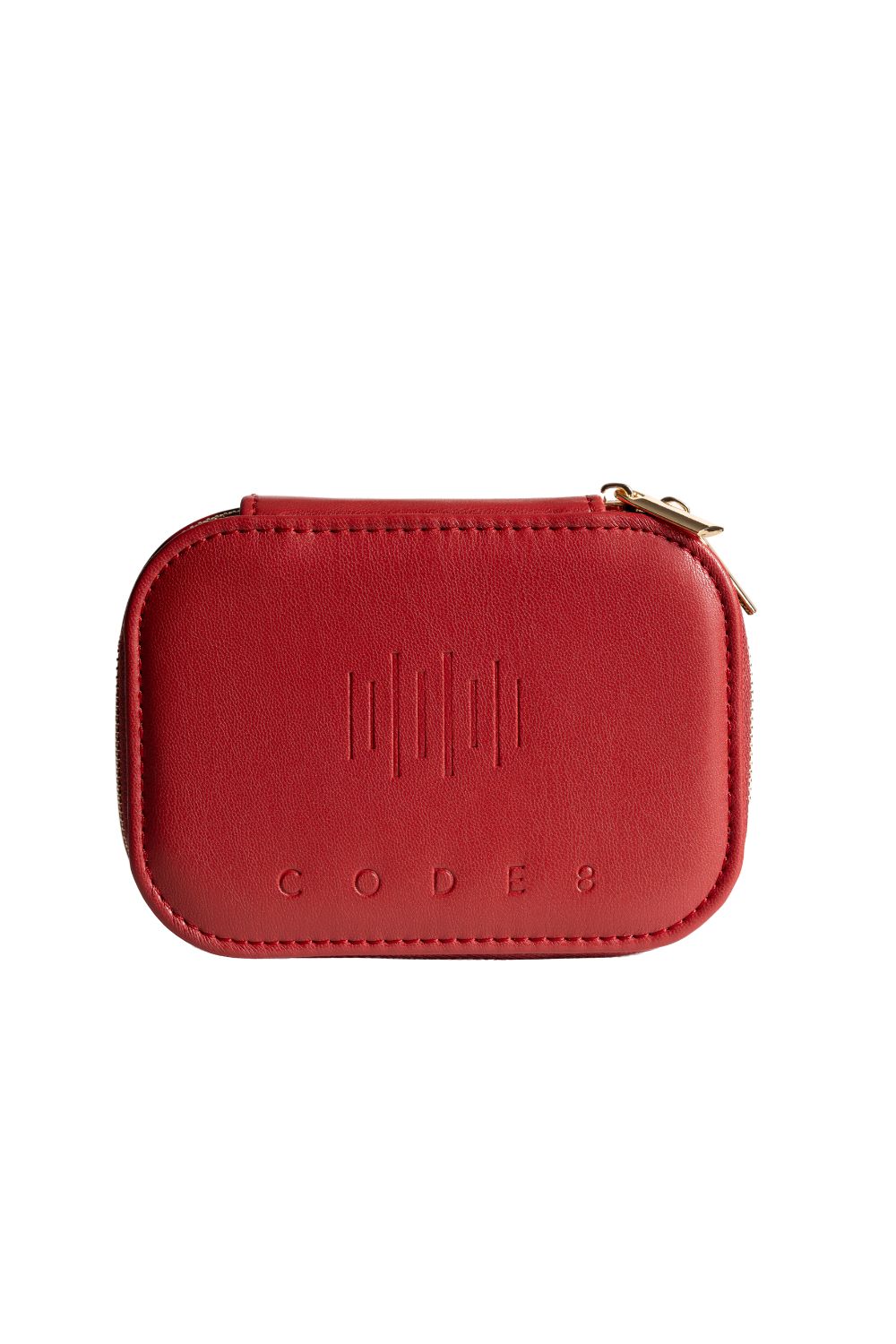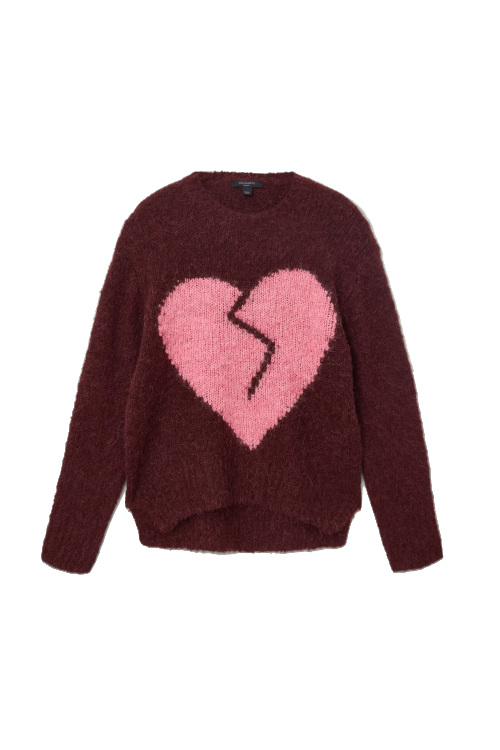Could Grape Seed Oil Be The Next Haircare Hero?
By
1 year ago
New research on the benefits of winemaking's biggest byproduct suggests so
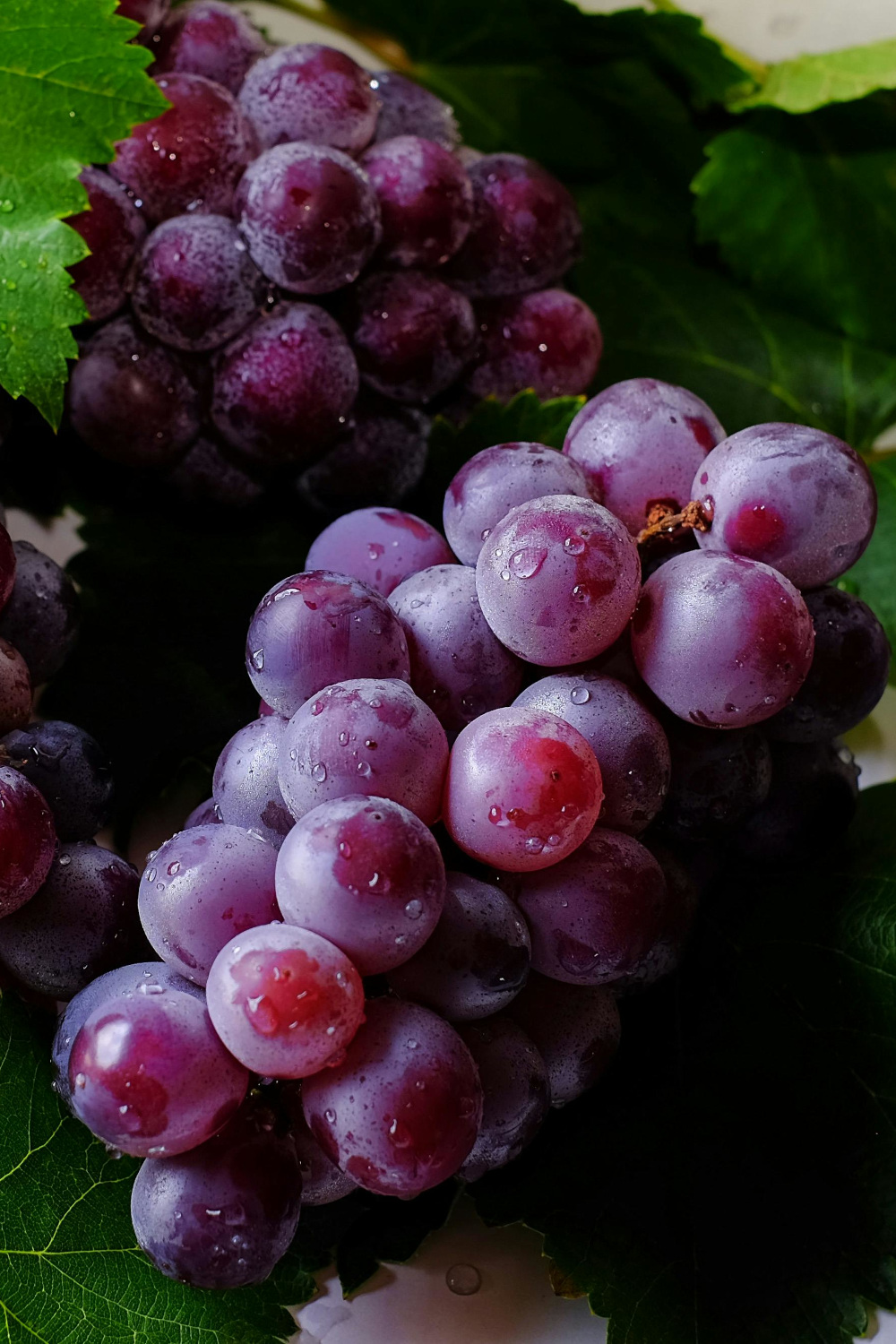
When pouring a glass of chardonnay, it’s unlikely you’re thinking about what might have been wasted in the winemaking process. Yet behind every sip lies an overlooked byproduct – the skin, seeds and stems of the grapes – which pile up, leaving winemakers wondering what to do with it. Luckily, new research is turning this ‘waste’ product into a valuable hair product, with grape seed oil specifically making a comeback.
How Is Wine Made?
Wine production has been happening for thousands of years, with the earliest evidence dating back to somewhere between 6000 BC and 4000 BC. In 2023, over 237 hectolitres of wine were produced across the globe – that’s enough to fill almost 110,000 Olympic swimming pools. The process of production will be familiar to any wine connoisseur: harvesting of the grapes, crushing and destemming, fermentation of the grape juice and removal of the ‘pomace’ (the grape seeds, skin and stems), aging, filtration and bottling – and then drinking of course, the stage most people care about.
Yet, a standard bottle of wine requires about 1.2kg of grapes – and 20 to 30 percent of that weight becomes waste. Multiply that figure to reflect the annual production of wine, then multiply it again by 8,000 years, and suddenly you have a lot of leftover grape pomace. But what happens to it?
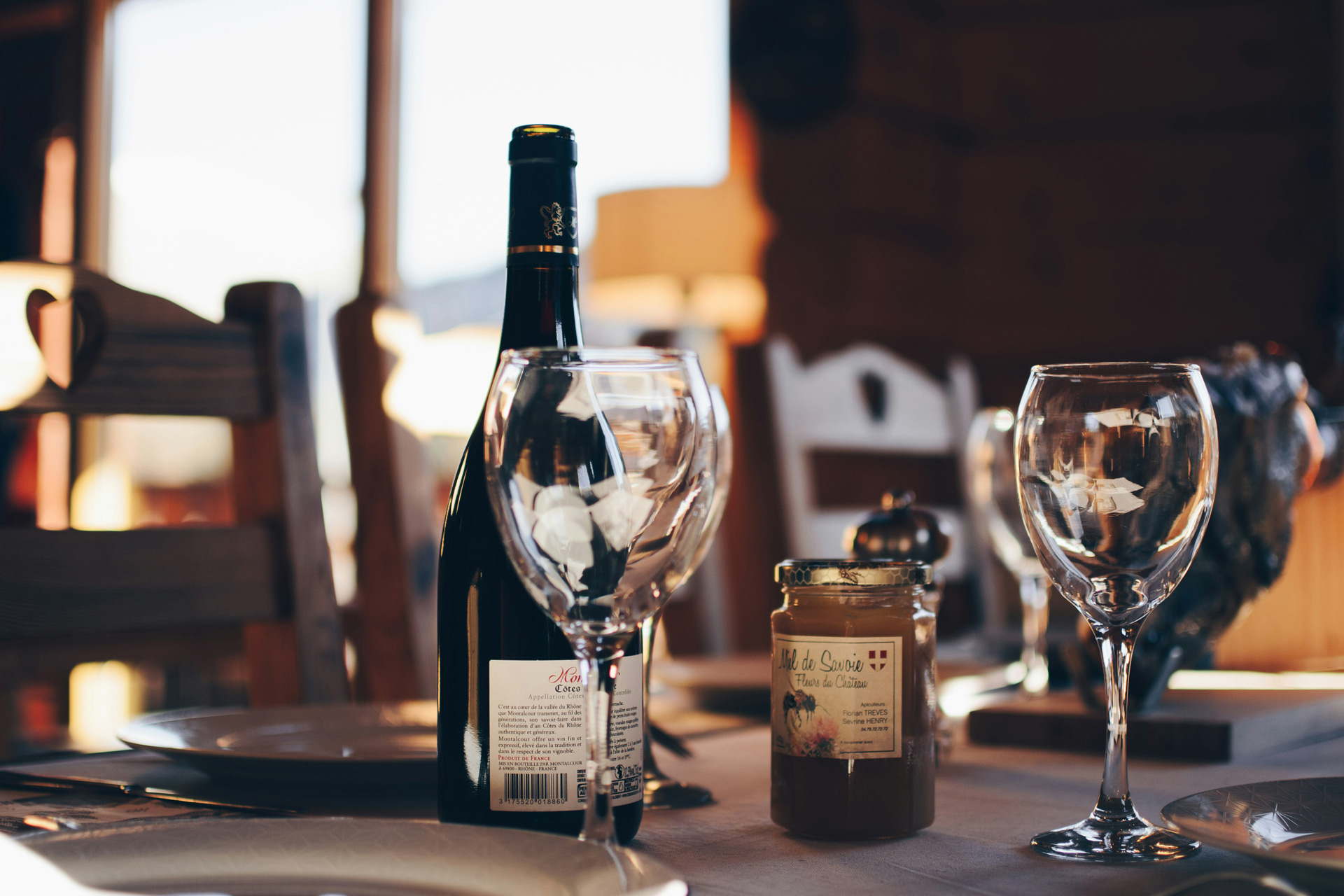
Unsplash
Can Grape Seed Oil Keep Dyed Hair Looking Healthy?
New research by Kew Gardens and Procter & Gamble shows how grape seed oil could be used to protect dyed hair from free radicals – harmful compounds that damage skin and hair.
So why dyed hair specifically? It starts with the strands themselves. Each one is made of a protein called keratin, with the central part of the strand called the cortex, which is full of the pigment melanin (this is what gives our hair a certain colour). When we bleach our hair, the melanin breaks down, lightening the colour we see and allowing hair dyes to be applied. Unfortunately, these don’t last forever – as any hairdresser bill can attest – and they fade over time.
Hair dye often fades due to exposure to UV light from the sun, which oxidizes proteins in the hair and generates harmful free radicals that break down the dye. This is where grape seed oil comes in.
Scientists found that grape seed extract, rich in flavonoids like procyanidin and catechin (commonly known as tannins), can reduce free radical production and effectively preserve hair colour for longer. This could, therefore, be both a solution to winemaking’s waste issue, as well as a way to preserve hair colour using organic substances (instead of harsh chemicals).

(c) Tori Wise, Unsplash
What Else Can We Do With Them?
But that’s not all. Several other uses for grape pomace have been trialled over the years. One such use is grappa, a traditional Italian brandy (which contains 35 to 60 percent alcohol) created by distilling pomace.
The healthy compounds found in grape pomace, like antioxidants and flavonoids, also make it popular in food products: think pasta, bread, cereal, ice cream and cheese.
Other common uses come in the form of animal feed and fertiliser, while more recent developments show that it could be useful in biofuel energy production too.
What Next?
Only grape things (we hope). We might still be in the early stages of haircare solutions, but the possibilities for grape pomace – as we’ve discovered above – are vast. Watch this space.
Featured image: Kai-Chieh Chan, Pexels


